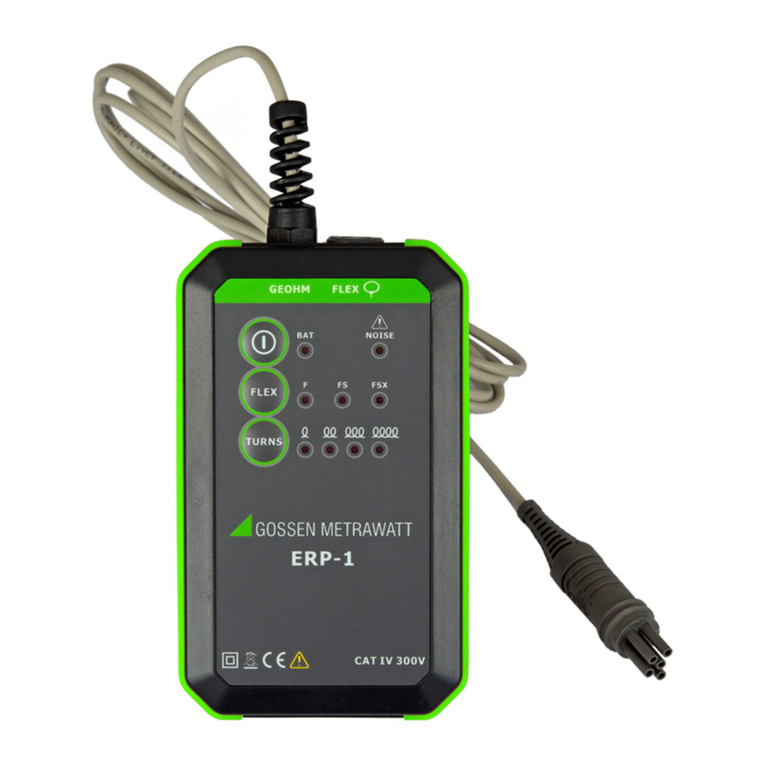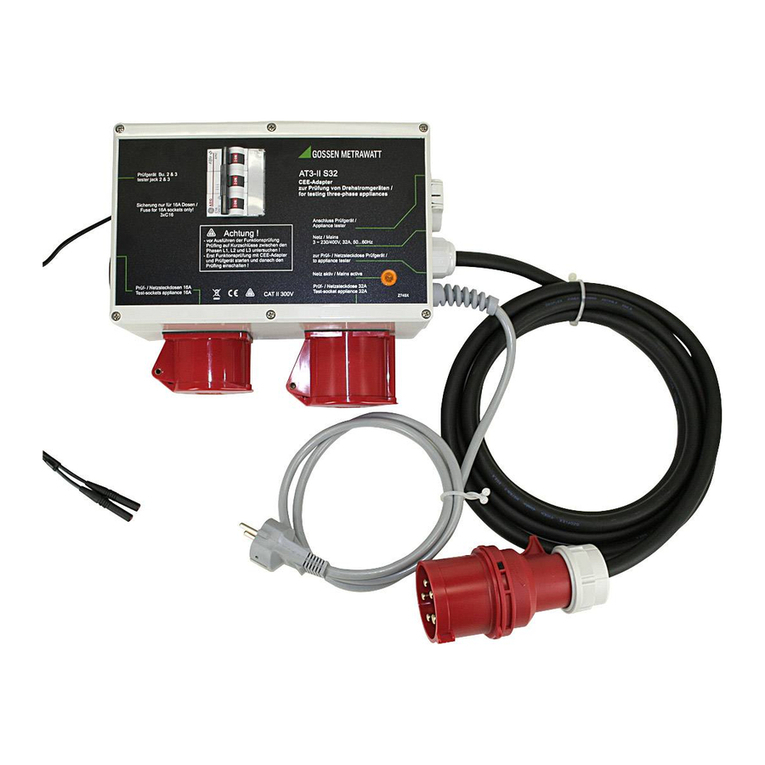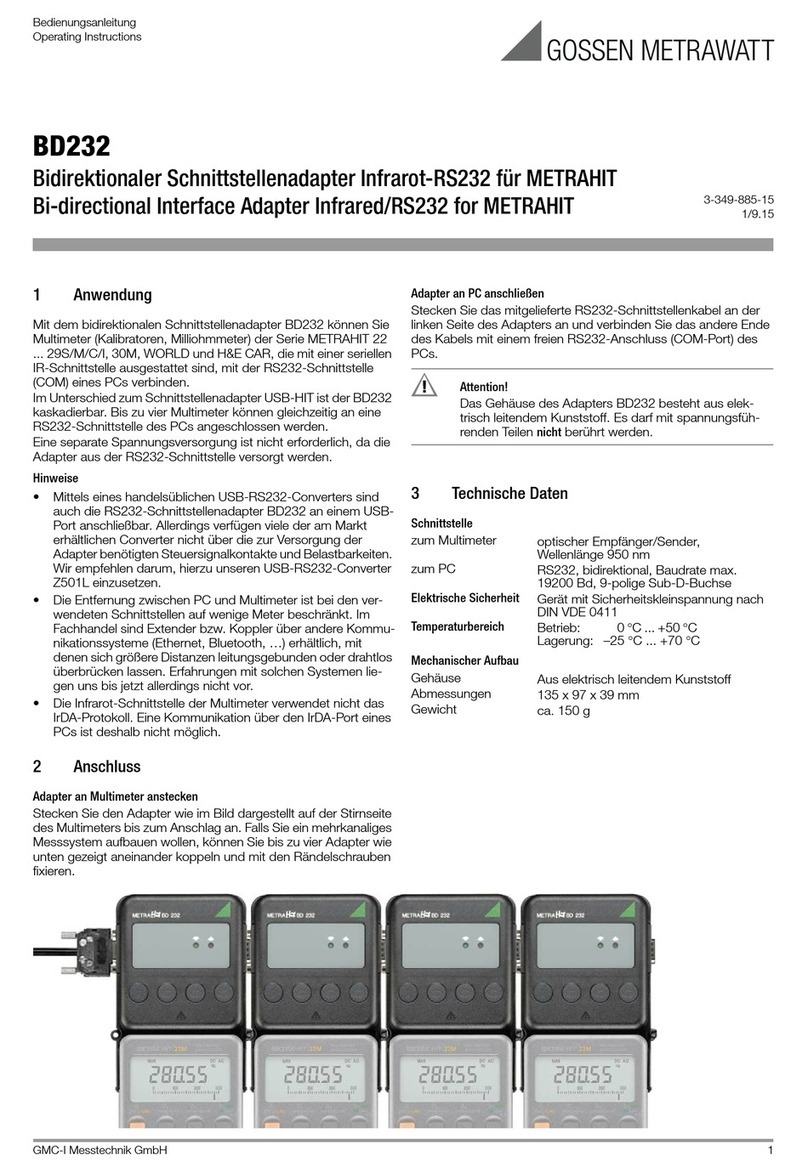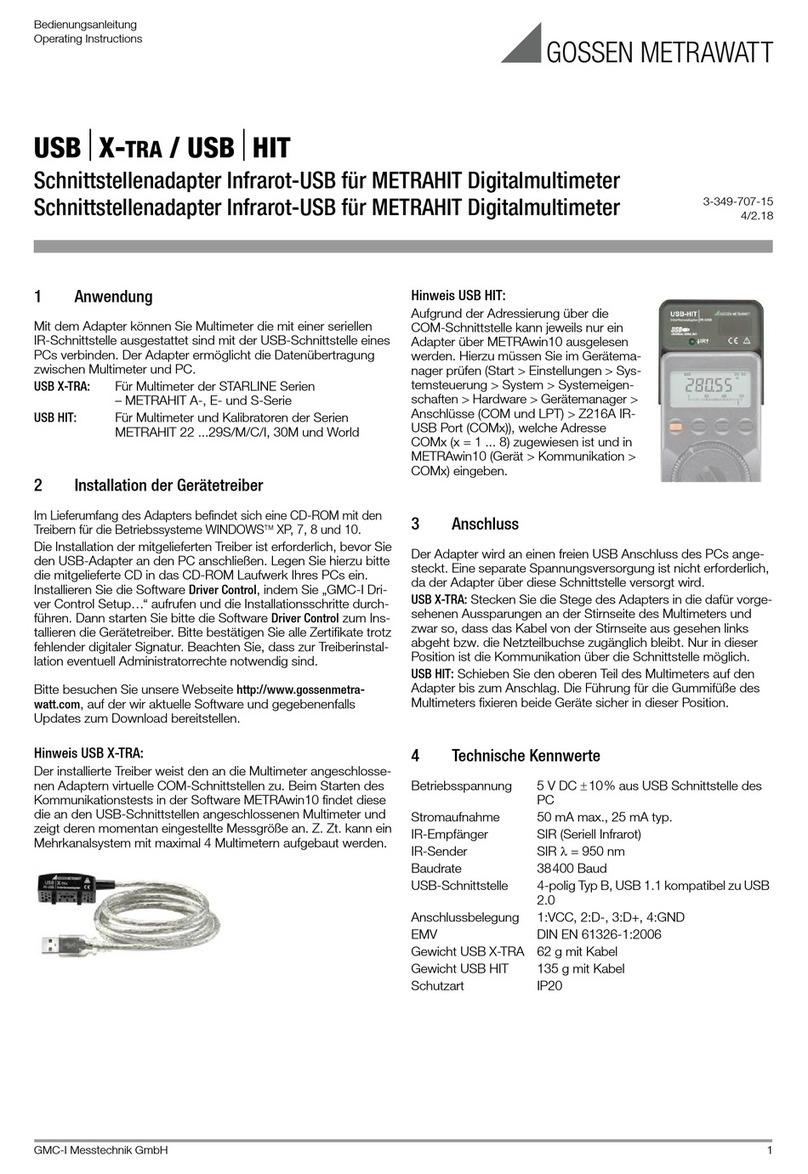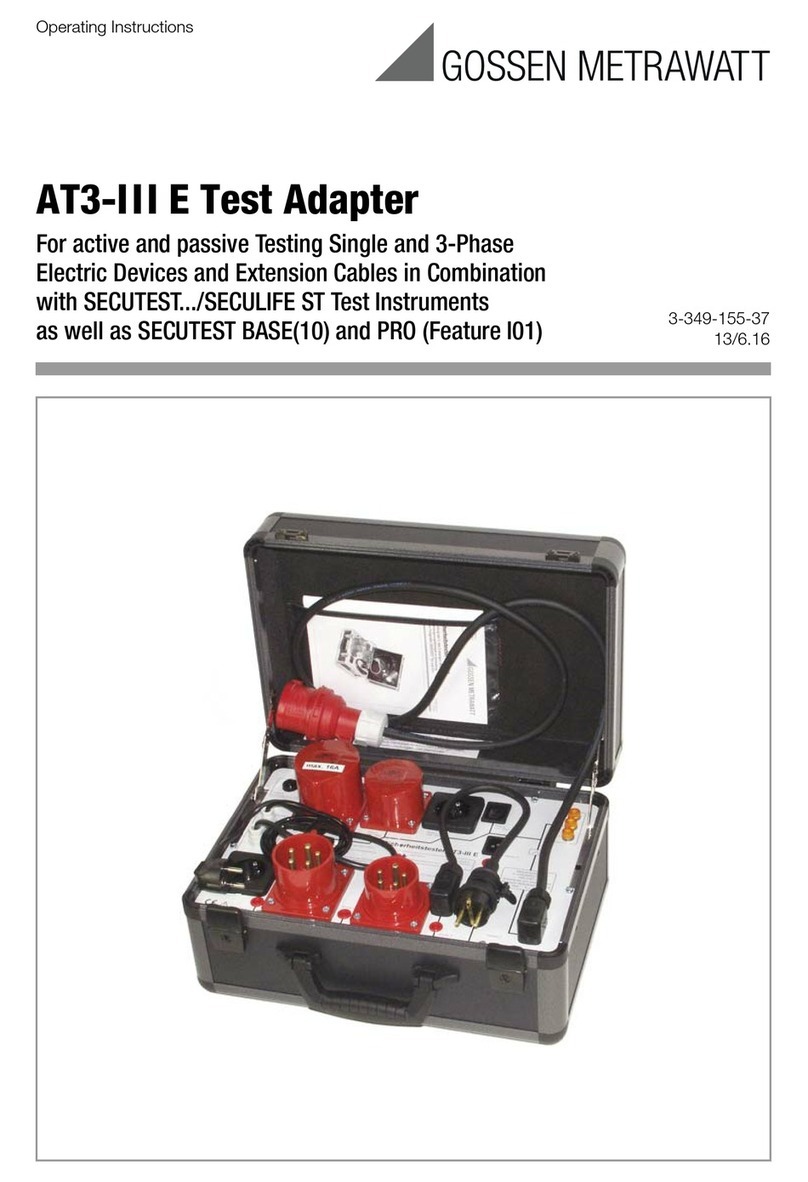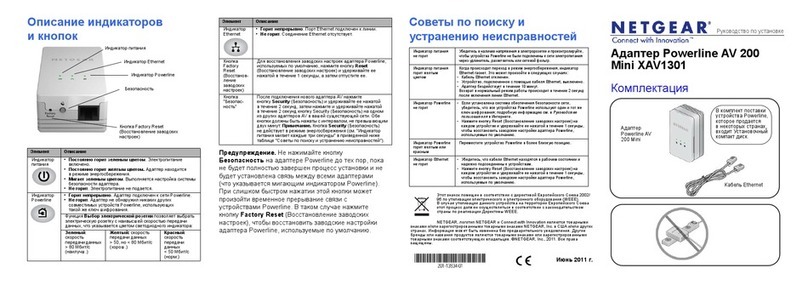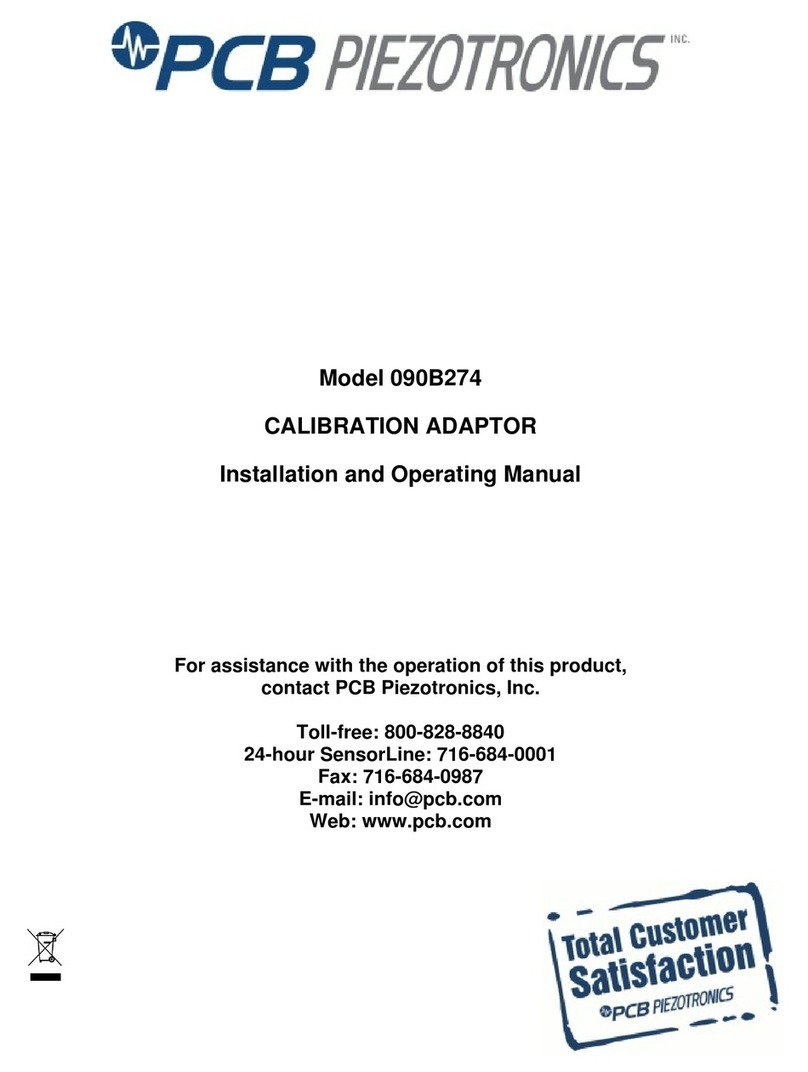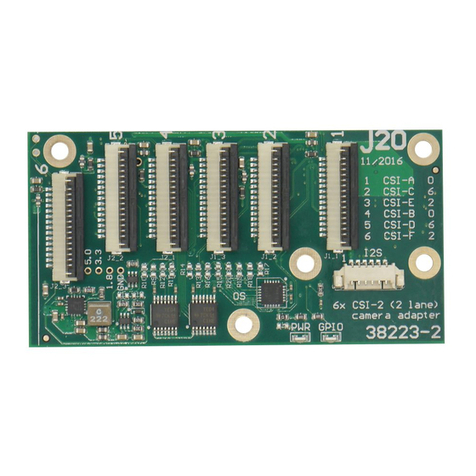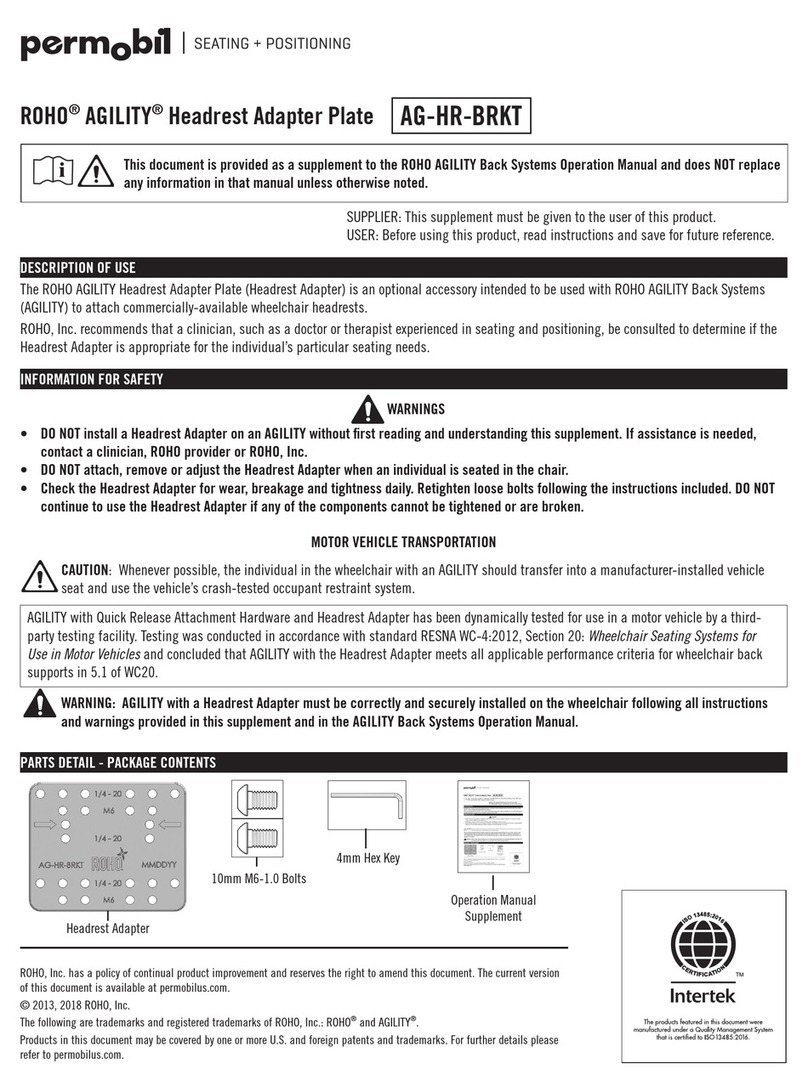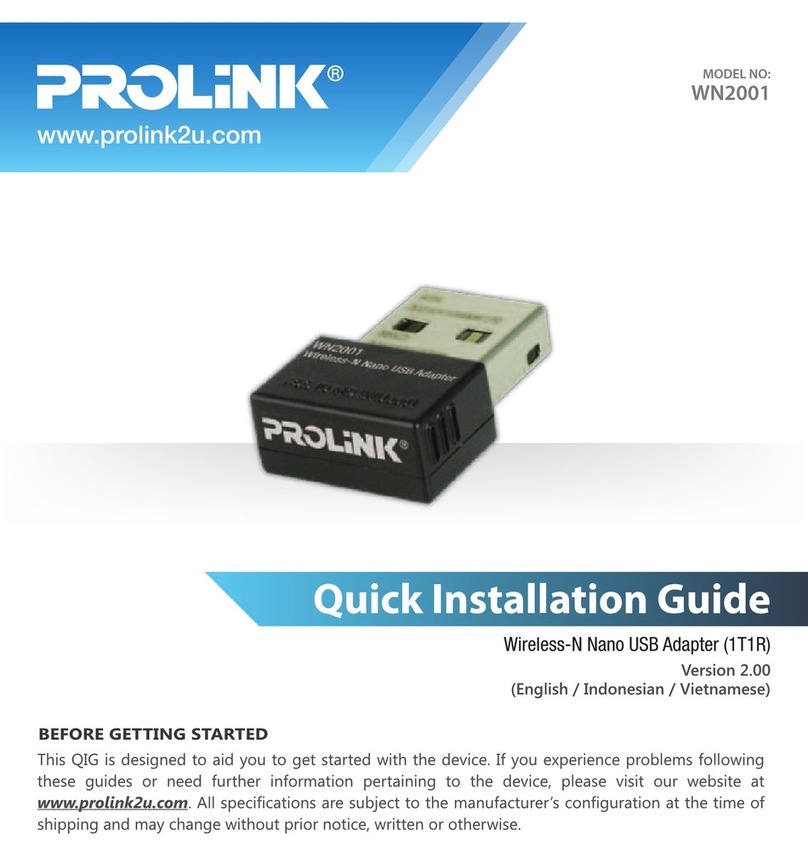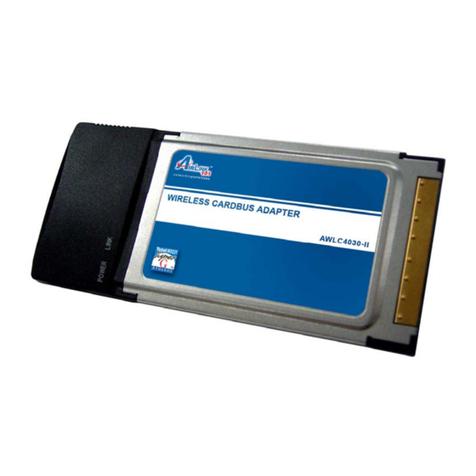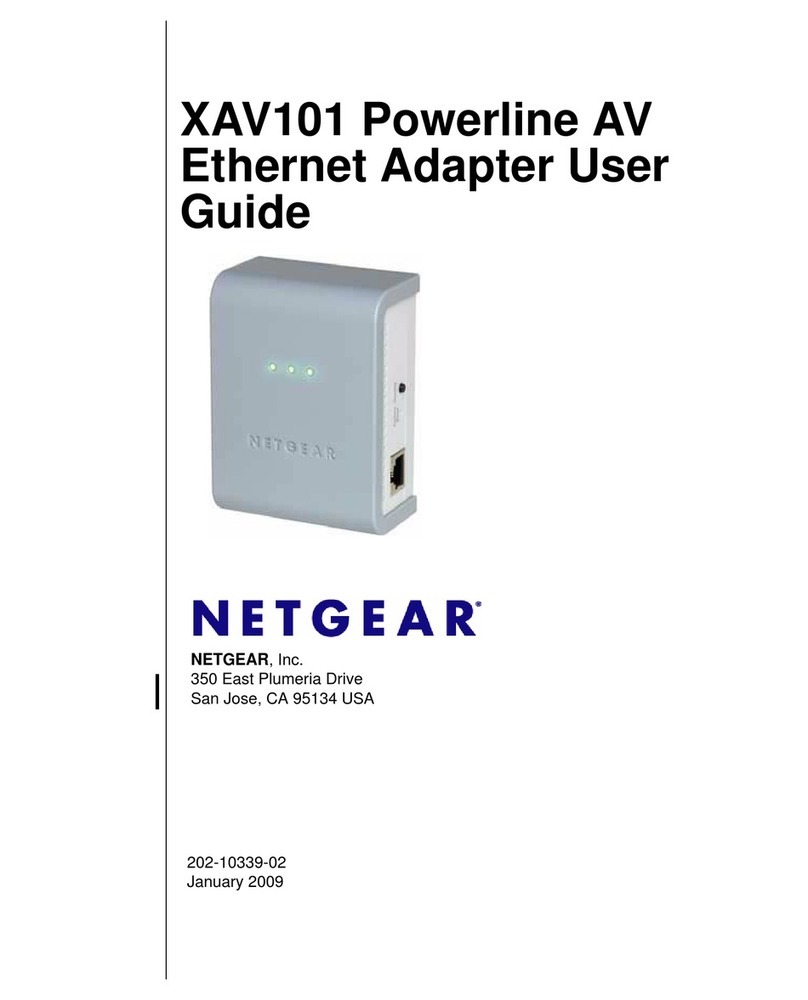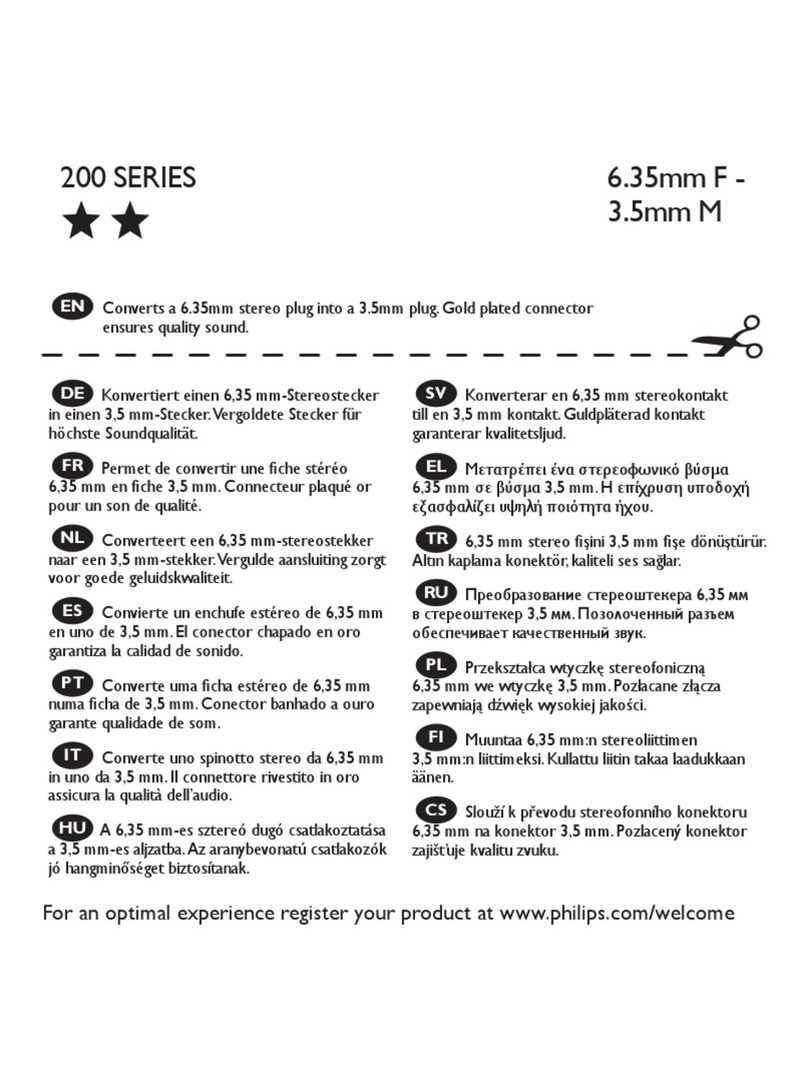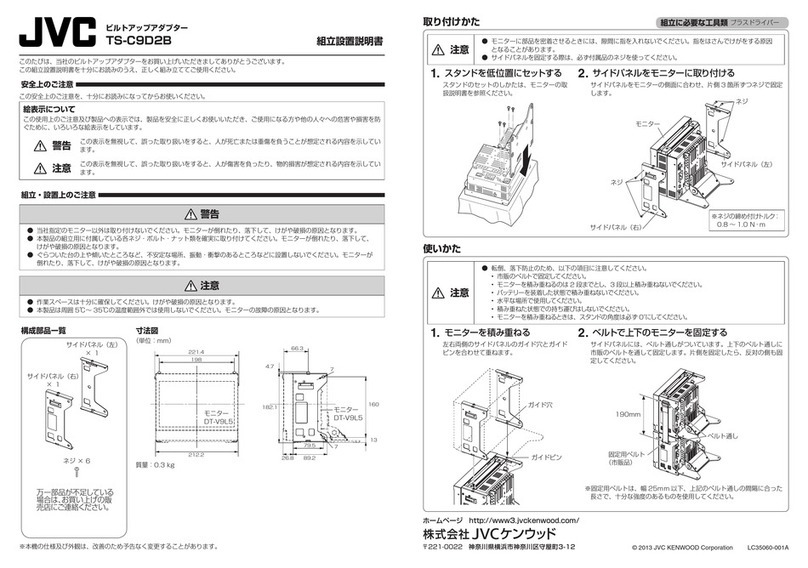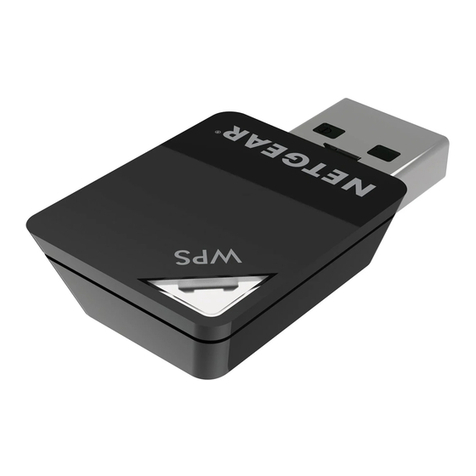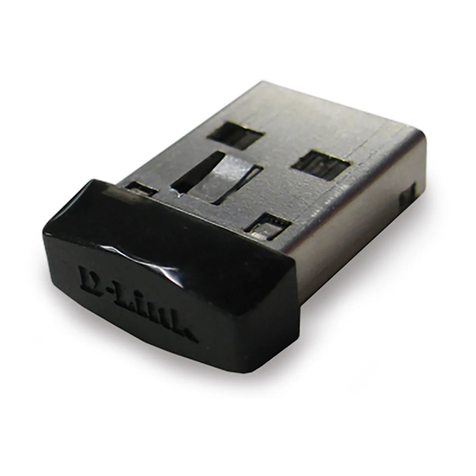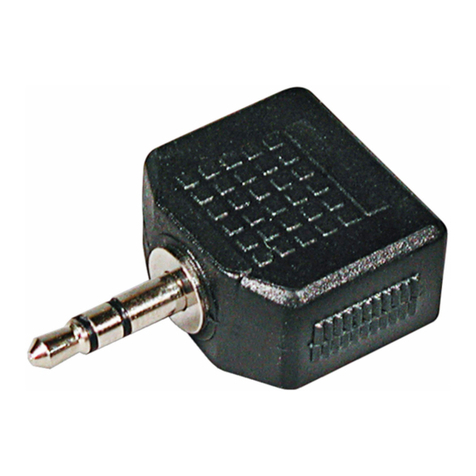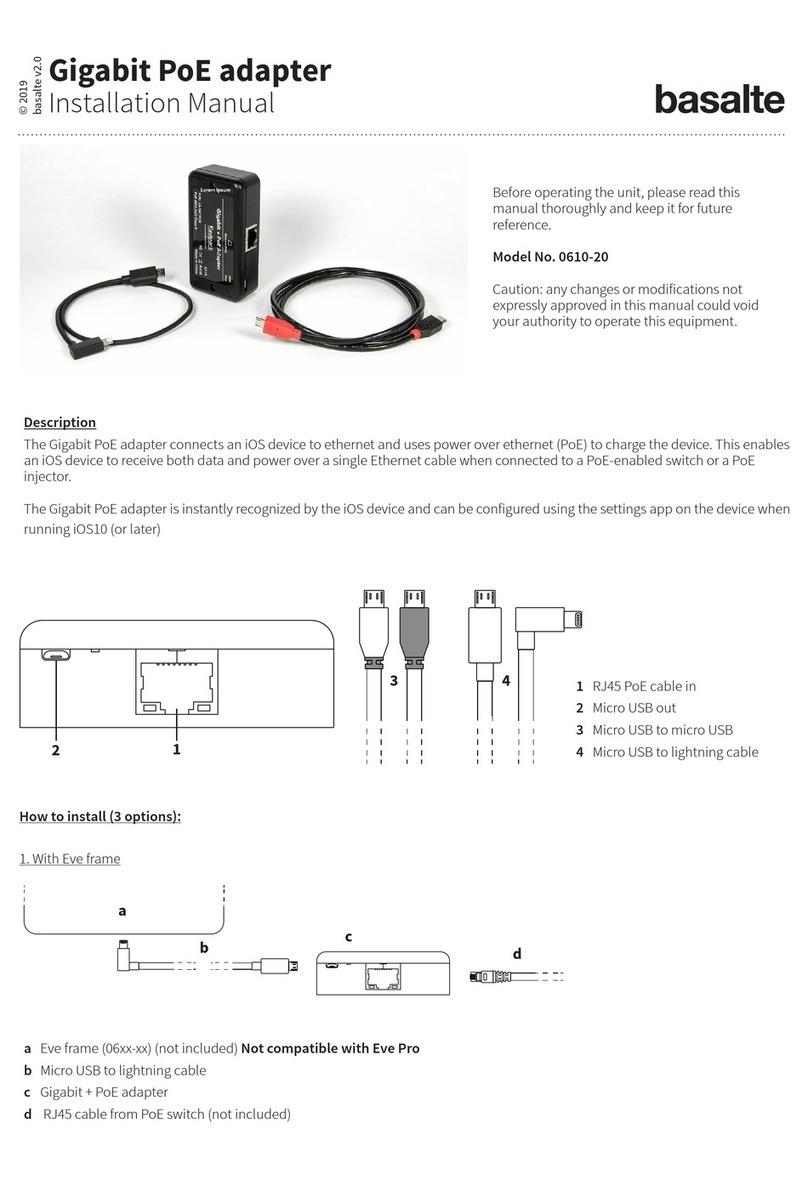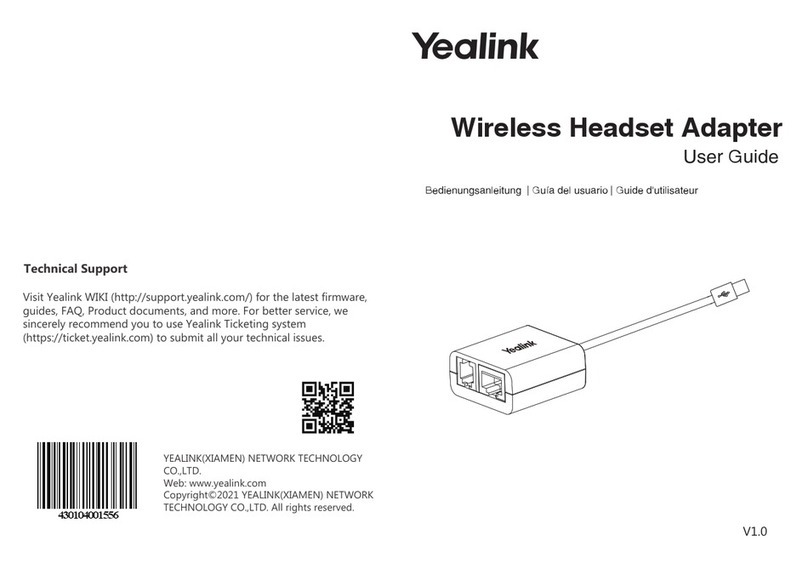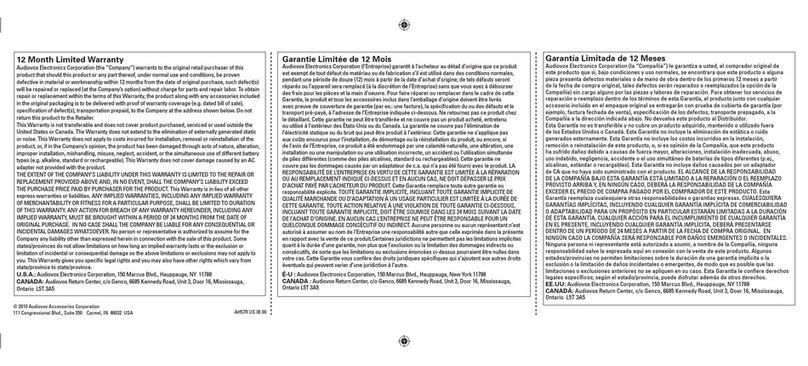
4 Gossen Metrawatt GmbH
Measurement results are displayed at the test
instrument.
Note!
The AT3-III E test adapter is equipped with
electronic error monitoring which discon-
nects the device under test from the mains in
the event of fault currents of greater than
18 mA.
2 Safety Precautions
The test adapter has been manufactured and
tested in accordance with the following regula-
tions:
IEC 61010-1/DIN EN 61010-1/VDE 0411-1 “Reg-
ulations for electronic testers and controllers, part
1: Safety measures for electrical measuring instru-
ments”
DIN VDE 0404 “Devices for technical safety test-
ing of electrical equipment, parts 1 and 2.”
EN 61326-1 product standard EMC requirements.
Safety is only assured for the user and the test
adapter when used for its intended purpose in
combination with the test instruments mentioned
in chapter 1 "Applications".
In order to maintain flawless technical safety con-
ditions, and to assure safe use, it is imperative that
you read these operating instructions thoroughly
and carefully before placing your test adapter into
service, and that you follow all instructions con-
tained herein.
Due to the fact that all tests performed with the AT3-
III E must be executed in combination with a test instru-
ment mentioned in chapter 1 "Applications", you must
also read the safety precautions and liability limitations
included in the operating instructions for this instru-
ment.
Observe the following safety precautions:
Attention!
!If the red LED (10) remains lit even after
the AT3-III E has been disconnected from
the mains and connected once again, the
test adapter is defective.
If this is the case,
the AT3-III E must be removed from service
and repaired before it is used again.
• In order to assure compliance with technical
safety requirements, the AT3-III E test adapter
should only be repaired by the manufacturer.
• The AT3-III E must be disconnected from the
mains and from the test instrument before it is
opened.
Measurements within electrical systems are prohibited!
• The test adapter’s 16 A CEE 3P+N+PE (16)
plug may only be connected to 230/400 V
50 Hz mains power. In order to avoid unde-
sired shutdown of defective devices under
test, the electrical circuit for the device under
test should be separately fused.
• Before connecting the AT3-III E to the mains,
the test instrument must first be connected to
the AT3-III E.
Attention!
!Tests during which mains power is ap-
plied may only be selected with the func-
tion selector switch at the test instrument
after safety class I devices under test
have passed the protective conductor
test. If the protective conductor is defec-
tive (interruptions / reversed conductors),
line voltage may be present at the hous-
ing of a defective device under test, at the
earthing contacts of the test plugs (4 – 7)
and at the safety socket (15)!
• For REASONS OF SAFETY, the device under test
must be turned off before switching to
“MAINS” so that dangerous devices under
test (e.g. a circular saw) can only be switched
on intentionally.
•Measurement with line voltage:
Exposed parts may conduct dangerous touch
voltage during testing. Do not touch under
any circumstances! Use a special cover in
order to avoid touch contact.
Under certain circumstances, full mains dis-
connection at the device side may not occur
in the event of leakage current, or it may be
inadequate to meet the requirements of a
PRCD.
Work only at a protected workstation, i.e. use
enhanced touch protection, use a 30 mA
RCD and wear personal safety equipment
(PSE).
• Be prepared for the occurrence of unex-
pected voltages at devices under test (e.g.
due to charged capacitors).
• Before connecting the device under test to
the test adapter, subject it to a thorough
VISUAL INSPECTION first. Damaged devices
under test must be repaired prior to testing.
• Only extension cables which have been
plugged into the test outlets (1-4) at the test
adapter may be connected to the device
plugs (4- 7) at the test adapter.
• Due to test adapter design in accordance with
DIN VDE 0404, the “PE” contacts at the out-
lets (1-4) are only connected to the mains pro-
tective conductor when the test instrument
has been set for testing with mains power.
